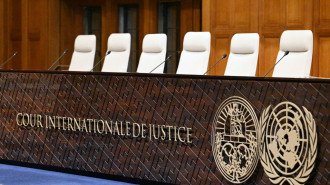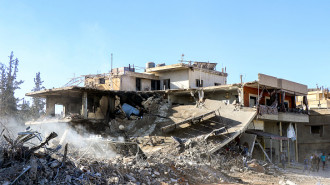Iranians use Muharram religious ceremonies as means of civil disobedience
This year, during the Muharram religious ceremony, many Iranians have used this ritual, deeply rooted within the Shia Muslim tradition, as a tool for civil disobedience and to demonstrate their opposition to the establishment.
Muharram, the first month of the Islamic calendar, is one of the holiest months for Shia Muslims, when they commemorate the martyrdom of Prophet Muhammad's grandson Imam Hussain, who was killed in 680 AD in Karbala, present-day Iraq.
The mourning period for his martyrdom unfolds in two phases for the Shia Muslim community in Iran and Iraq. The initial phase begins on the first day of the Arabic month of Muharram and continues until the tenth day. However, The latter phase begins several days before the 40th day following his death, known as Arbaeen, and continues for eight more days.
The Iranian authorities have often used this ceremony to rally their supporters around religious causes and to crack down on their opponents by invoking religious beliefs.
During the first ten days of Muharram this year, which spanned from 19 July to 29 July, families of individuals killed in last year's anti-government protests and ordinary citizens seized the opportunity to show resistance against Iran's theocratic rulers.
One of the earliest anti-government acts during Muharram gained attention on Farsi social media platforms, with prominent Iranians like former football player Ali Karimi, who was exiled after supporting last year's protesters and openly criticising the ruling authorities, promoting the initiative.
In a tweet, he urged Iranians not to wear the customary black mourning attire during Muharram. Throughout Muharram, people gather in black clothes and sing songs honouring Hussein ibn Ali while condemning his opponent, Yazid ibn Muawiyah.
However, a viral social media video depicted this year's ceremonies differently. The video featured a group of mourners dressed in white visiting the grave of a protester killed in Amol, paying tribute through a song known in Iran as "Tulips rise from the blood of the fallen youth." The song's verses are by Iranian poet Aref Qazvini and were initially composed for those who lost their lives during the Iranian Constitutional Revolution (1905-11).
Another video showed mourners in Tehran's underprivileged Javadieh district, one of the epicentres of last year's protests, dedicating their mourning to the young lives lost in the anti-government demonstrations.
In the video, the singer of the mourning songs expressed, "We are not part of the establishment... [this is] in memory of those who perished young... for those who could not hold funeral ceremonies for their loved ones".
Meanwhile, other Iranians drew parallels between contemporary Iran and the era of Imam Hussein, when he was killed in Karbala alongside a small group of followers. This comparison highlighted similarities between Iran's authorities and Yazid bin Muawiya, who was responsible for Imam Hussein's death.
The opposition clergy, Mohsen Rahami, shared videos on his Twitter account depicting police and security forces brutally clashing with protesters and wrote: "From Karbala to Karbala … salutations to all the oppressed!"

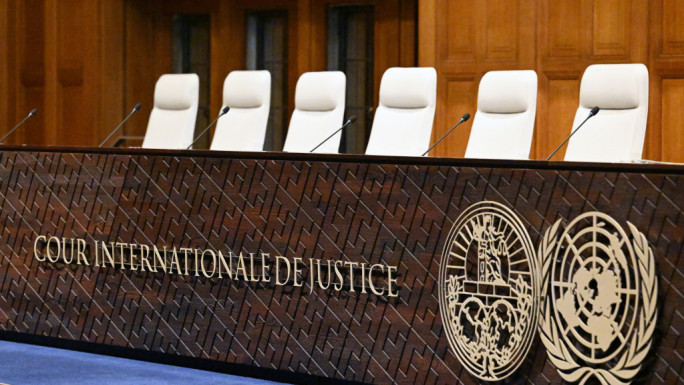
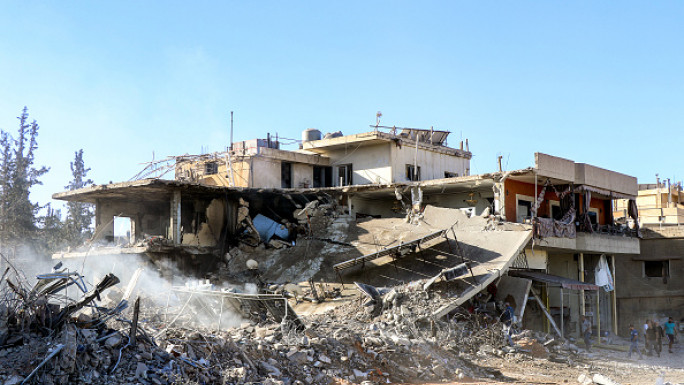
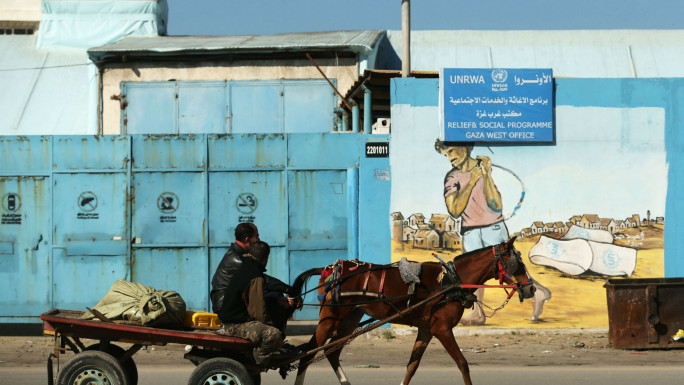

 Follow the Middle East's top stories in English at The New Arab on Google News
Follow the Middle East's top stories in English at The New Arab on Google News
